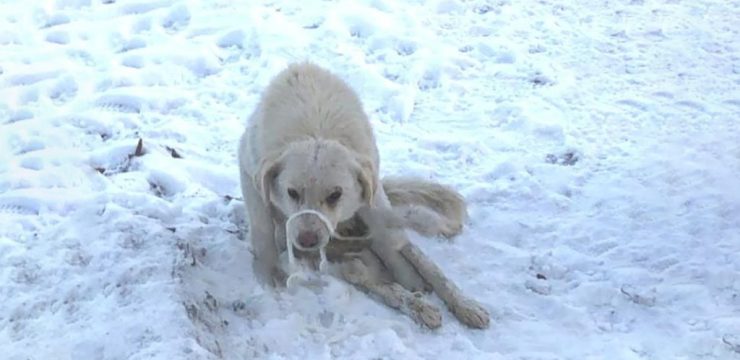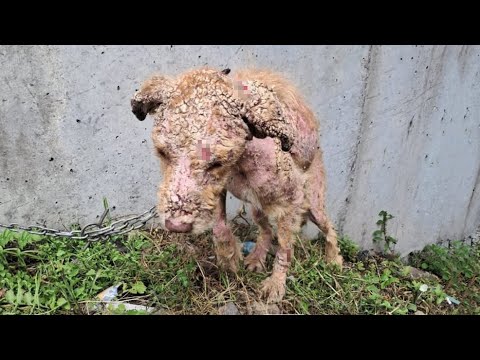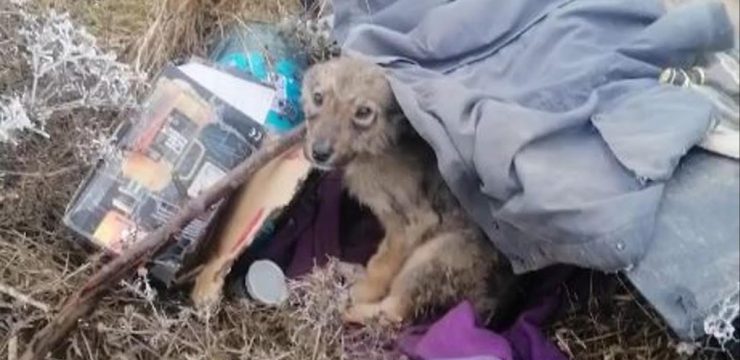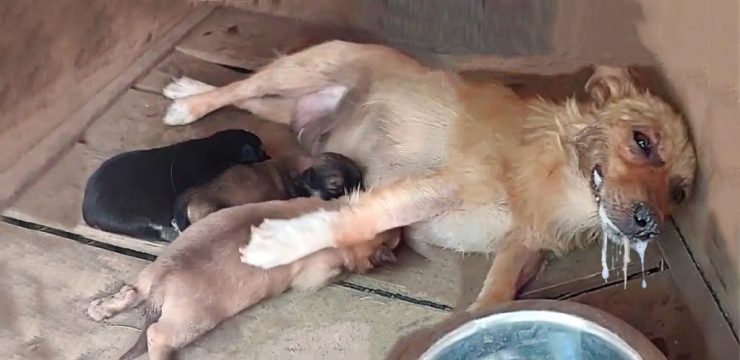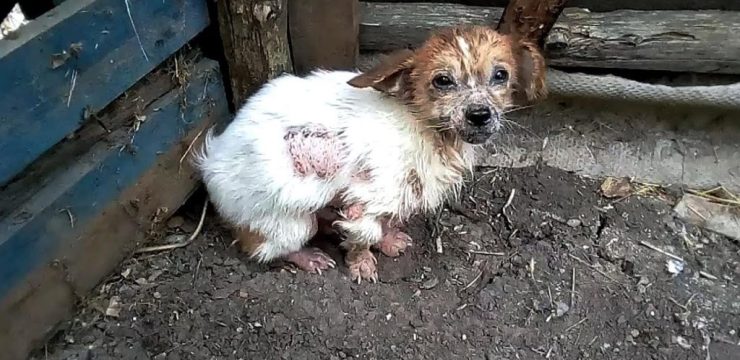When it comes to personal space, humans usually set clear boundaries. We shake hands, wave, or nod politely when meeting someone new. But for dogs, the rules of social interaction are completely different. To them, privacy isn’t really a concept—it’s all about curiosity, scent, and instinct. That’s why a dog might suddenly stick its nose somewhere that makes people blush. While it can feel uncomfortable or even embarrassing for humans, this behavior is perfectly normal for our four-legged friends.

Dogs are, without question, some of the most loyal and loving companions a person could ever have. They shower us with affection, protect us, and never fail to make us laugh. But every dog owner has probably experienced one of those awkward moments when their pet greets a visitor—or even them—by sniffing their private area. It might feel inappropriate or invasive, but to a dog, it’s just their natural way of saying hello and getting to know someone.
So, why do dogs do it? The answer lies in one of the most extraordinary tools in the animal kingdom—the canine nose. Humans have about six million scent receptors, which is impressive until you compare it to a dog’s nose. Dogs have up to 300 million scent receptors, making their sense of smell roughly 10,000 times stronger than ours. On top of that, dogs have an additional olfactory organ known as the Jacobson’s organ, or vomeronasal organ, located just above the roof of their mouth. This specialized organ detects pheromones—chemical signals that communicate key details about an individual’s identity, mood, and even reproductive status.
Because their brains dedicate nearly 40 times more space to scent processing than human brains do, dogs live in a world shaped by smells rather than sights. This is what makes them incredible trackers and service animals. They can detect everything from missing persons to hidden substances, or even subtle changes in a person’s body chemistry that indicate illness. Their noses are so powerful that trained dogs have been known to detect conditions like low blood sugar, epileptic seizures, and certain types of cancer long before medical tests can confirm them.
With such a supercharged sense of smell, it’s no surprise that dogs use their noses as their main tool for gathering information. When they sniff another dog’s behind, they’re actually reading an invisible scent profile—learning that dog’s age, sex, diet, health, and emotional state. It’s the canine equivalent of a handshake and a full biography combined. When a dog does the same to a human, it’s their way of trying to learn more about us through the strongest scent signals available.
But why the crotch specifically? The answer is surprisingly scientific. Both dogs and humans have sweat glands called apocrine glands. These glands are concentrated in areas like the armpits and groin, and they release pheromones—chemical markers that carry information about an individual. Since armpits are usually covered and harder to access, a dog naturally goes for the other area that provides a stronger and more accessible scent signature. What we see as awkward is, for them, simply a direct route to the most interesting data.
Some breeds, like Beagles, Bloodhounds, and Basset Hounds, are especially driven by smell. Their noses are so sensitive that avoiding a strong scent—like the pheromones released from human apocrine glands—is almost impossible for them. During moments when human pheromones are more pronounced, such as menstruation, postpartum periods, or after intimate activity, dogs might become even more curious. It’s not about being inappropriate; it’s about reacting to biological cues that their noses can’t ignore.
In his book How Dogs Think, psychologist and animal behavior expert Dr. Stanley Coren describes how dogs have even been trained to detect ovulation in cattle, helping farmers manage breeding schedules. While it’s not proven that dogs can detect ovulation in humans, they can certainly sense changes in hormones and body chemistry. This incredible ability is what makes them so valuable in medical research, where they assist scientists in detecting early signs of diseases like ovarian or prostate cancer.
Of course, while the science is fascinating, most people would rather not have their dog greet guests in such an awkward way. Thankfully, trainers and veterinarians offer some practical ways to redirect this behavior without punishing the dog. It’s important to remember that dogs aren’t being rude—they’re just being dogs. The goal is to teach them a more polite alternative.
One effective training method is called “fist targeting.” It’s simple and relies on positive reinforcement. Here’s how it works:
-
Present your closed fist to the dog.
-
When the dog touches it with their nose, immediately mark the behavior by saying “yes!” or using a clicker.
-
Reward the dog with a small treat.
-
Repeat the process until the dog reliably touches your fist on cue.
-
Once they’ve learned it, add the command “touch.”
Now, whenever your dog tries to greet someone by sniffing their groin, you can use the “touch” command to redirect their attention. Because you can place your fist at any level, it’s easy to guide your dog’s nose away before an awkward moment happens. Guests can also offer their fist as a greeting, turning a potentially embarrassing situation into a friendly, controlled interaction.
Redirection works far better than scolding, which can confuse the dog or make them anxious. Dogs don’t understand embarrassment the way humans do—they only know curiosity and response. By teaching them what to do rather than what not to do, you’ll have better success and maintain your dog’s trust.
Ultimately, when your dog sniffs someone’s private area, it’s not a sign of bad manners—it’s a sign of how their world works. Their noses are built to gather information, and the scents humans naturally emit are just another puzzle for them to solve. While we might see it as an invasion of privacy, for them, it’s simply communication through smell.
Understanding this behavior helps bridge the gap between human discomfort and canine instinct. Instead of feeling embarrassed, dog owners can see it as another reminder of just how remarkable their pets truly are. After all, those powerful noses don’t just make dogs curious—they make them capable of saving lives, detecting diseases, and offering emotional support in ways no other animal can.
So next time your dog’s curiosity gets the better of them, take a deep breath, redirect with kindness, and remember: they’re not trying to be rude—they’re just saying hello in their own unique way.
